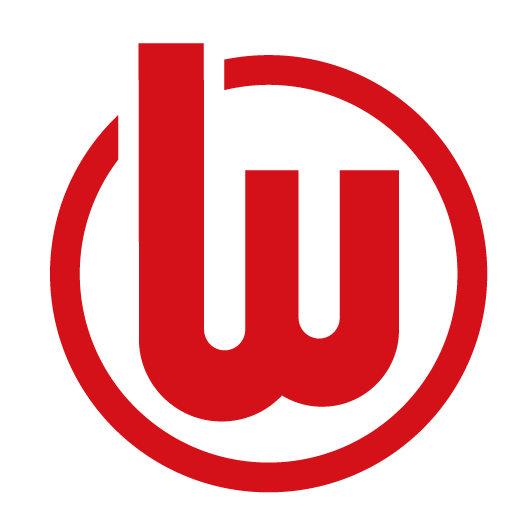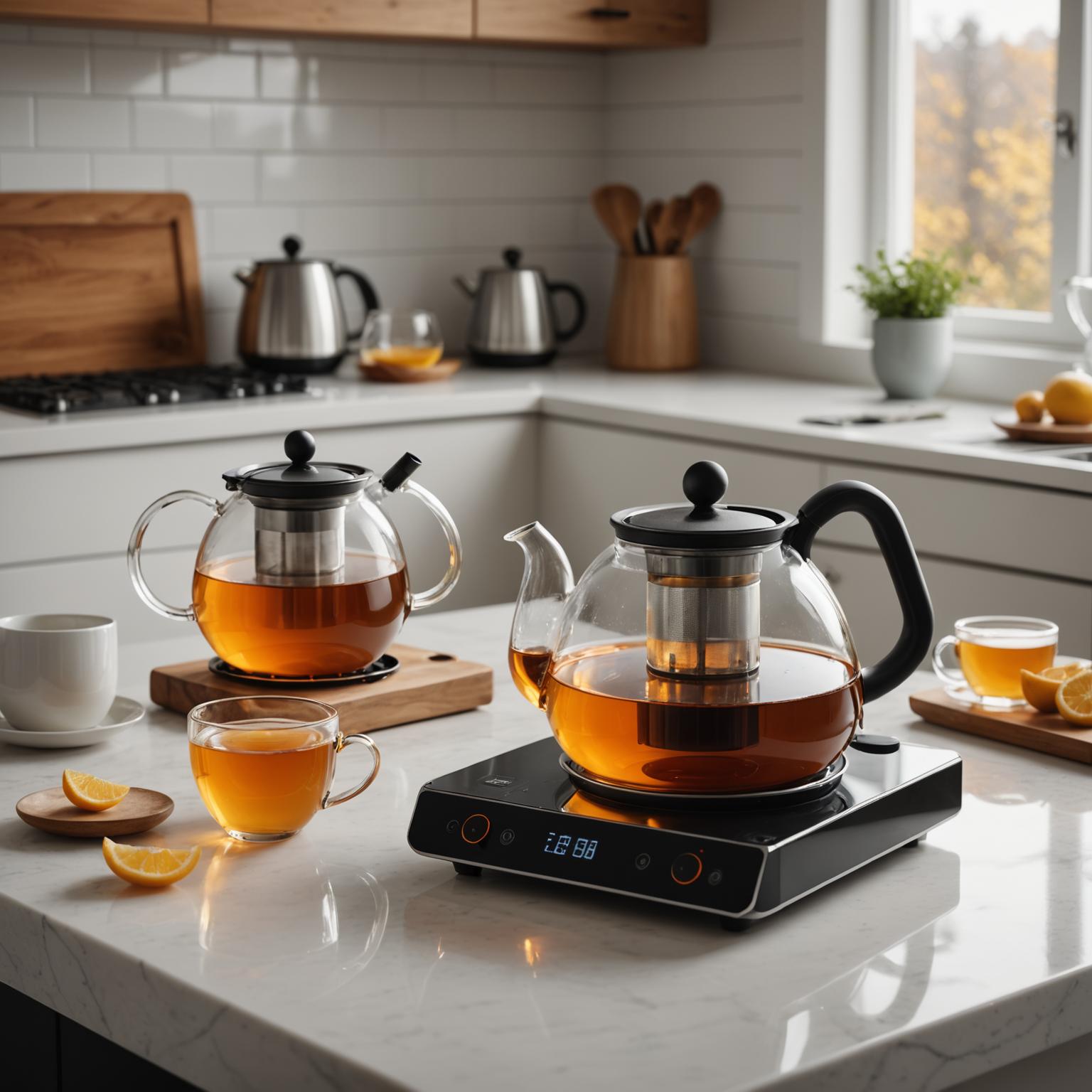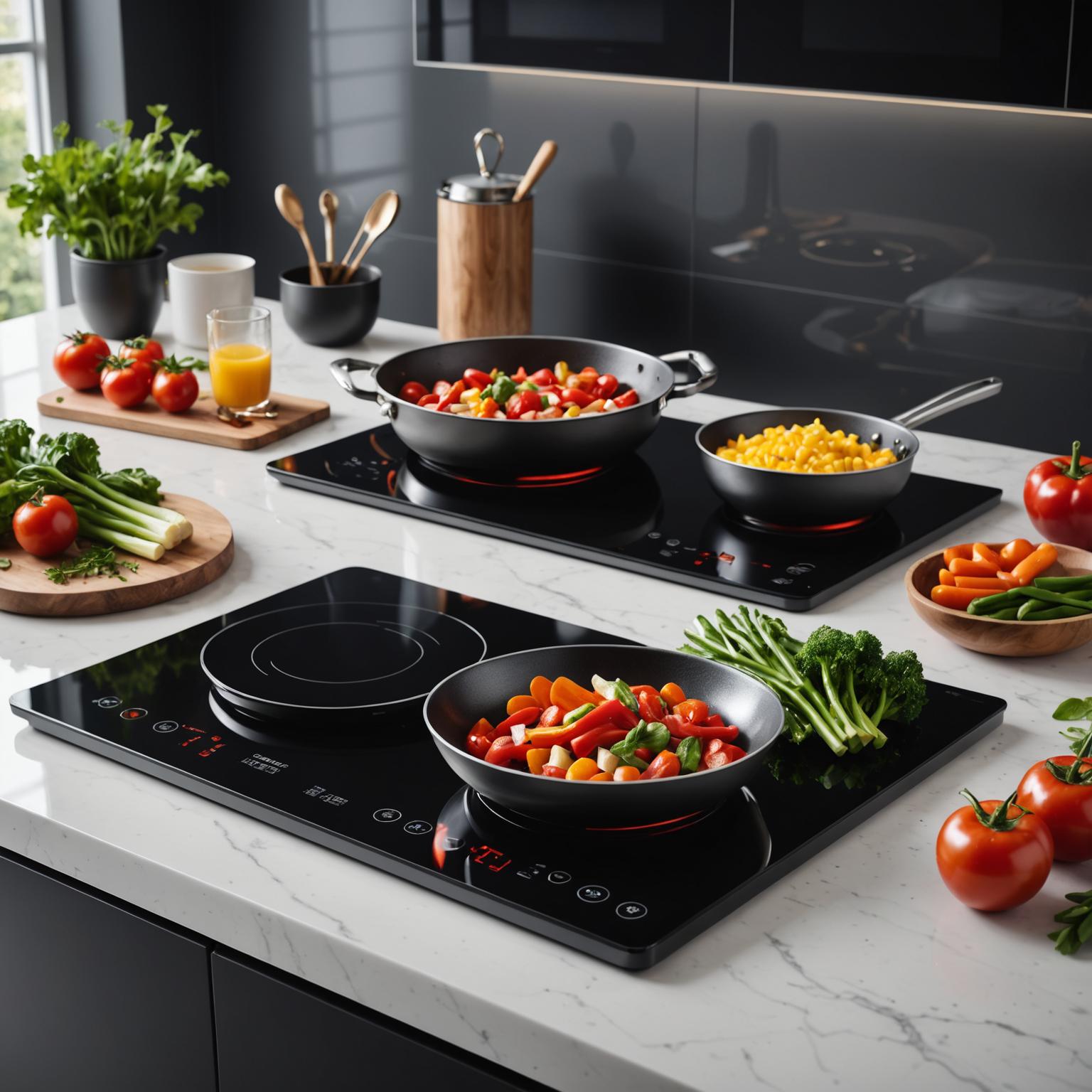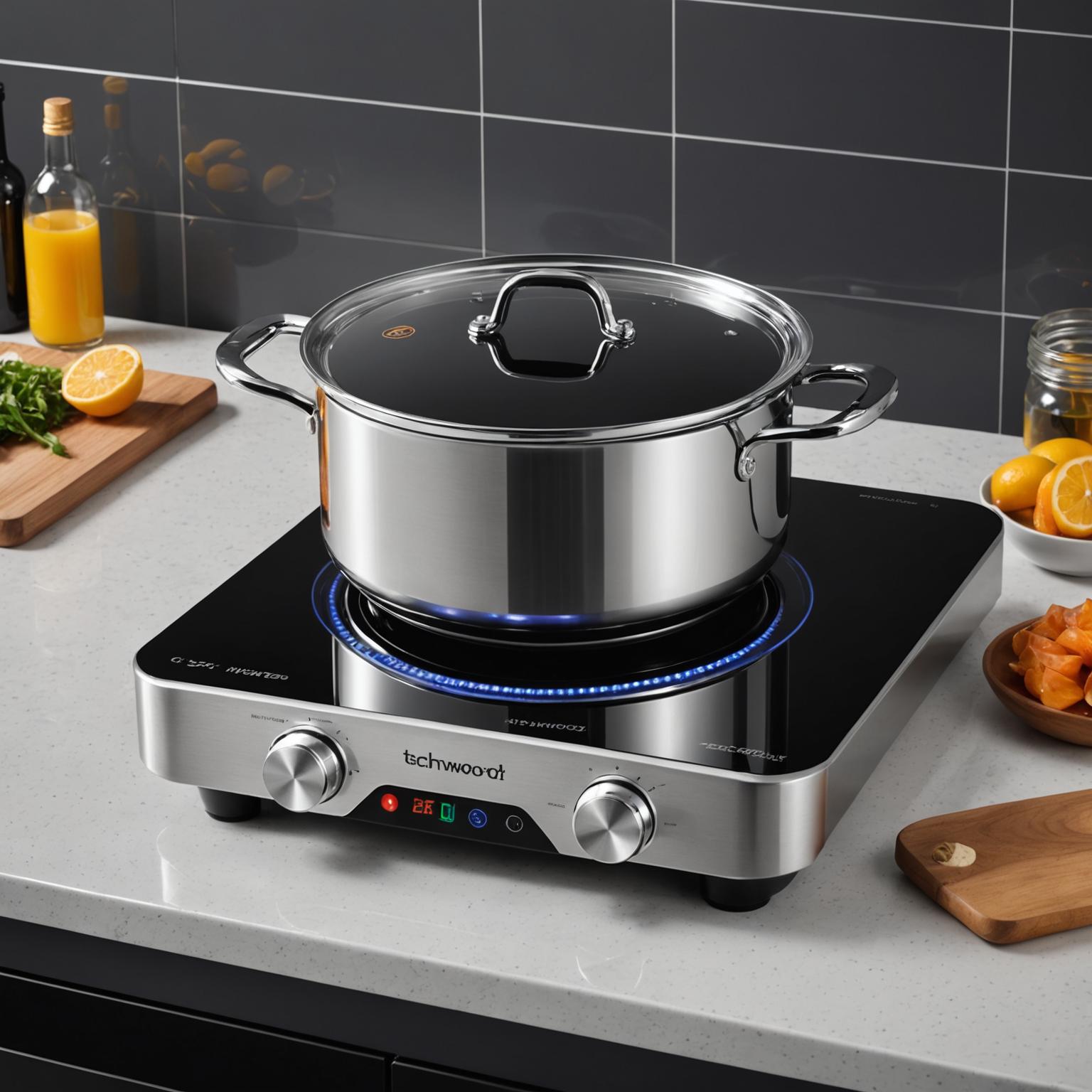The Evolution of High-Heat Cooking Technology
The culinary world has long cherished the unique flavors and textures achieved through wok cooking, a tradition deeply rooted in the application of intense, focused heat. For years, this was the exclusive domain of powerful gas burners. However, the advent of the specialized Wok Induction Cooktop is revolutionizing this classic cooking style, merging ancient techniques with modern efficiency and precision. This technology addresses the core challenge of wok cooking—delivering rapid, high-energy heat—while offering the unparalleled control, safety, and cleanability of induction. Successful Wok Cooking on Induction relies on understanding the synergy between a purpose-built cooktop and the right kind of cookware to replicate the coveted 'wok hei' effect.
The Physics of Induction Cooking with a Wok
Standard induction cooktops operate on the principle of electromagnetism. An alternating electric current passes through a copper coil beneath the ceramic glass surface, creating an oscillating magnetic field. When a ferromagnetic pot or pan is placed on top, this magnetic field induces electrical currents (eddy currents) directly within the base of the cookware, generating heat instantly. The challenge with a traditional round-bottomed wok on a flat induction surface is the minimal contact area, which results in poor energy transfer and inefficient heating. To overcome this, specialized induction hobs feature a concave, bowl-shaped indentation. This innovative design cradles the wok, ensuring the magnetic field fully engages with the curved surface of the pan. This maximized contact allows for an incredibly efficient and uniform transfer of energy, heating not just the bottom but also the sides of the wok, a critical factor in successful stir-frying. This advanced approach to Induction Cooking with Wok is what sets professional-grade units apart.
Choosing the Right Cookware for Optimal Performance
The effectiveness of an Induction Cooktop for Wok is fundamentally dependent on the wok itself. Not all woks are compatible with this technology. The primary requirement is that the wok must be made from a ferromagnetic material. Traditional woks made purely of aluminum, copper, or certain types of non-magnetic stainless steel will not work. The ideal choices are cast iron woks, which are naturally magnetic and retain heat exceptionally well, or carbon steel woks specifically designed with a ferromagnetic layer. Many modern woks feature a multi-ply construction with a magnetic stainless steel exterior or a bonded induction-ready base. For users with concave induction hobs, a round-bottomed wok is essential to fit the contour of the cooktop. For those using a flat induction surface, a flat-bottomed induction-ready wok is a necessary compromise. At GUANGDONG WEBO TECHNOLOGY Co., LTD, we understand the importance of this synergy, and our adherence to ISO 9001 and ISO 14001 standards ensures that our appliances are engineered for optimal performance when paired with the correct, high-quality cookware.
Specialized Designs: The Wok Burner Induction Hob
The most advanced solution for this cooking style is the dedicated Wok Burner Induction unit. These hobs are engineered with high-power coils that can deliver wattage significantly higher than standard cooktops, often exceeding 3500 watts, to generate the intense heat needed for authentic stir-frying. The concave design perfectly mimics the heat distribution of a traditional gas wok range, creating a central hot spot for searing while the sloped sides maintain a lower temperature for tossing and holding ingredients. This powerful and focused heating element is the key to achieving rapid cooking times and locking in the flavor and crunch of vegetables. Furthermore, an Induction Stove for Wok provides granular temperature control that is simply not possible with a gas flame. This precision allows chefs to instantly reduce or increase heat, preventing scorching and providing mastery over delicate sauces and ingredients.
Mastering the Technique and Embracing the Benefits
Transitioning to Wok Cooking on Induction requires a slight adjustment in technique. Since the heat is generated instantly within the metal, preheating is incredibly fast. Chefs must have all ingredients prepared and ready ('mise en place') before starting. The instantaneous response also means there is no residual heat from a burner grate, so moving the wok off the element will stop the cooking process immediately. The primary benefits extend beyond performance. Induction cooking is significantly more energy-efficient than gas, as nearly all the energy is transferred directly to the wok. The absence of an open flame reduces ambient kitchen heat and eliminates the risk of flare-ups, creating a safer cooking environment. Finally, cleanup is remarkably simple. Since the ceramic surface itself does not get intensely hot, splatters and spills do not burn on, allowing for an easy wipe-down. When selecting an appliance, looking for products certified by VDE, TUV, CE, and ROHS provides assurance of safety, quality, and reliability in achieving professional results.






